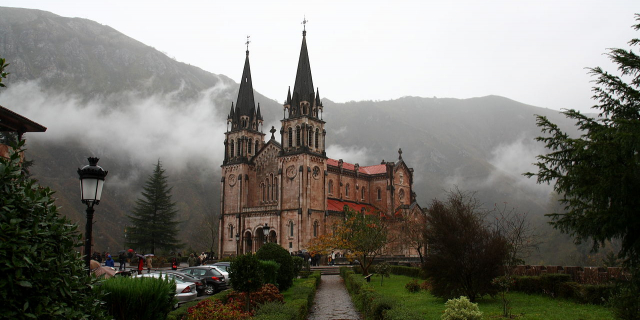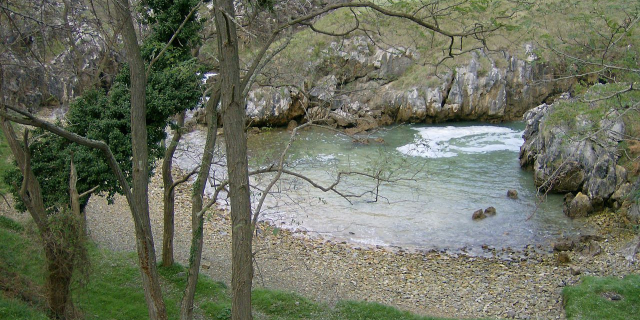Ribadesella (Asturian: Ribeseya) is a small 84-square-kilometre (32 sq mi) municipality in the Autonomous Community of the Principality of Asturias, Spain. Known for its location on the Cantabrian Sea, at the outlet of the River Sella, Ribadesella is a town that forms part of the Picos de Europa (Peaks of Europe). It is bordered on the east by Llanes, on the south by Cangas de Onís and Parres, and on the west by Caravia. Ribadesella is the home town of Queen Letizia of Spain.
On the first weekend of August, the International Sella River Descent takes place; kayakers from all over the world gather here to attempt the final 20 km of the Sella River in record time. The town is also known for its prehistoric cave, known as the cave of Tito Bustillo, which is open to visitors all year round. Ribadesella is often visited for its history, sport activities, scenery, natural amenities, and food....Read more
Ribadesella (Asturian: Ribeseya) is a small 84-square-kilometre (32 sq mi) municipality in the Autonomous Community of the Principality of Asturias, Spain. Known for its location on the Cantabrian Sea, at the outlet of the River Sella, Ribadesella is a town that forms part of the Picos de Europa (Peaks of Europe). It is bordered on the east by Llanes, on the south by Cangas de Onís and Parres, and on the west by Caravia. Ribadesella is the home town of Queen Letizia of Spain.
On the first weekend of August, the International Sella River Descent takes place; kayakers from all over the world gather here to attempt the final 20 km of the Sella River in record time. The town is also known for its prehistoric cave, known as the cave of Tito Bustillo, which is open to visitors all year round. Ribadesella is often visited for its history, sport activities, scenery, natural amenities, and food.
 Tito Bustillo cave
Tito Bustillo cave Prieto Palace
Prieto Palace Vega beach
Vega beach Sella Descent
Sella DescentThe municipality includes the Tito Bustillo Cave (Cueva de Tito Bustillo), known for prehistoric wall paintings of animals and figures, probably dating from the Magdalenian age (29,000 years ago). It's included in the Unesco World Heritage SIte Paleolithic Cave Art of Northern Spain.
The first written references to the settlement are more recent, and date from the first century BC. These come from the Greek geographer Strabo, who speaks of the River "Noega" separating "the Astures from the Cantabrians". The people of Ribadesella at this time were called the Salaeni: they dominated Colunga, Arriondas and Llanes.































Add new comment